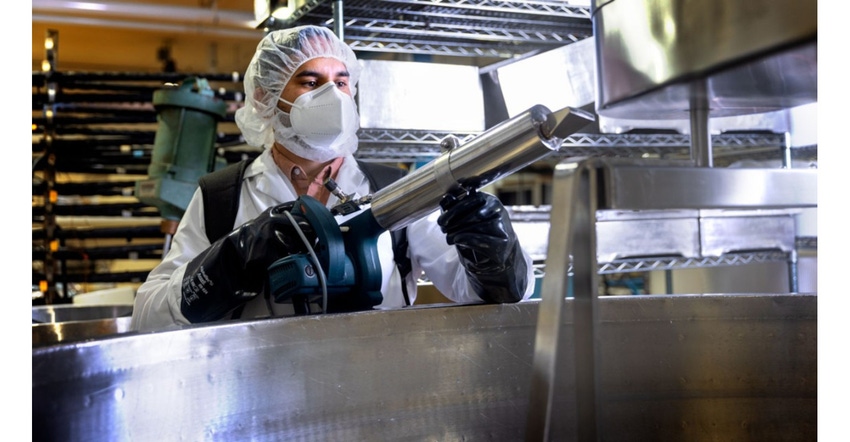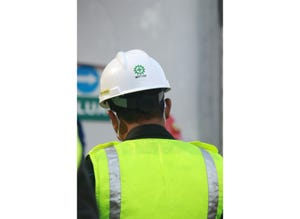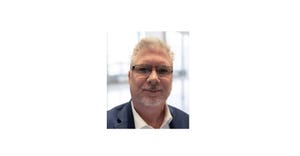Cornell Researchers Test Superheated Steam to Kill Pathogens
Superheated steam is something to look at for cleaning and sanitizing equipment in dry processing environments.
February 27, 2023

A new tool that uses superheated dry steam to kill deadly pathogens in dry food processing plants may soon be on the market.
In processing flour and powders, hosing down equipment to sanitize it with water is impossible. Abigail Snyder, Ph.D. '17, assistant professor of food science, is now testing superheated steam to clean these manufacturing environments.
“Cleaning and sanitation in dry food processing and produce packing is a challenge because you can’t use soap or water,” Snyder said. “We’re seeing how well superheated steam works to prevent contamination and to keep food safe.”
The work is relevant to the milk powder and powdered infant formula, bakery and snack foods, spices, nuts and nut butters, and produce, as well as chocolate and other confections, she said.
Snyder received a $400,000 grant Jan. 1 from the Center for Produce Safety as the grant’s primary investigator. It will help the produce industry ensure microbial safety in spaces where the use of traditional wet sanitation is limited. She is partnering with co-investigators V.M. (Bala) Balasubramaniam, professor of food science and technology at Ohio State University.
In 2020, Snyder (PI) and Balasubramaniam received a four-year, $1 million grant from National Institute of Food and Agriculture/US Department of Agriculture to research sanitation strategies in the dry food manufacturing environment.
Escherichia coli has been found in low-moisture foods, E. coli cases have been linked to flour and related products, according to the US Centers for Disease Control and Prevention, and Salmonella is a pathogen of concern, as it accounts for 94% of all US-based recalls of low-moisture foods and 53% of food outbreaks worldwide, Snyder said.
“A lot of food products require no refrigeration,” she said. “Historically, people believed that low-moisture foods were safe since they don’t support microbial growth. But in the past 15 years, there have been big outbreaks and recalls associated with dry food, not because microbes or pathogens grow in the food, but because they can survive for a long time.”
Boiling water will have reached 212 degrees Fahrenheit and visible steam is released. For dry or superheated steam, the steam vapor is heated to more than 250 degrees F, in the case of Snyder’s treatment unit. It becomes invisible and acts like a hot gas. When dry steam is applied to production surfaces, where it can kill pathogens and microbes, it leaves no moisture or condensation to harbor further pathogens.
“Our results will be compared to the efficacy of conventional scraping, vacuuming and brushing methods now commonly applied,” Snyder said, adding that this work will establish best practices in these food processing environments. “We hope new tools like superheated steam will reduce the demand on water, sanitizers and waste-stream management in food manufacturing, aligning with consumer preferences and sustainability goals.”
About the Author(s)
You May Also Like




